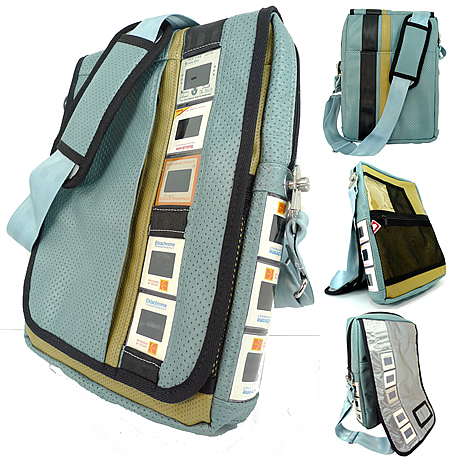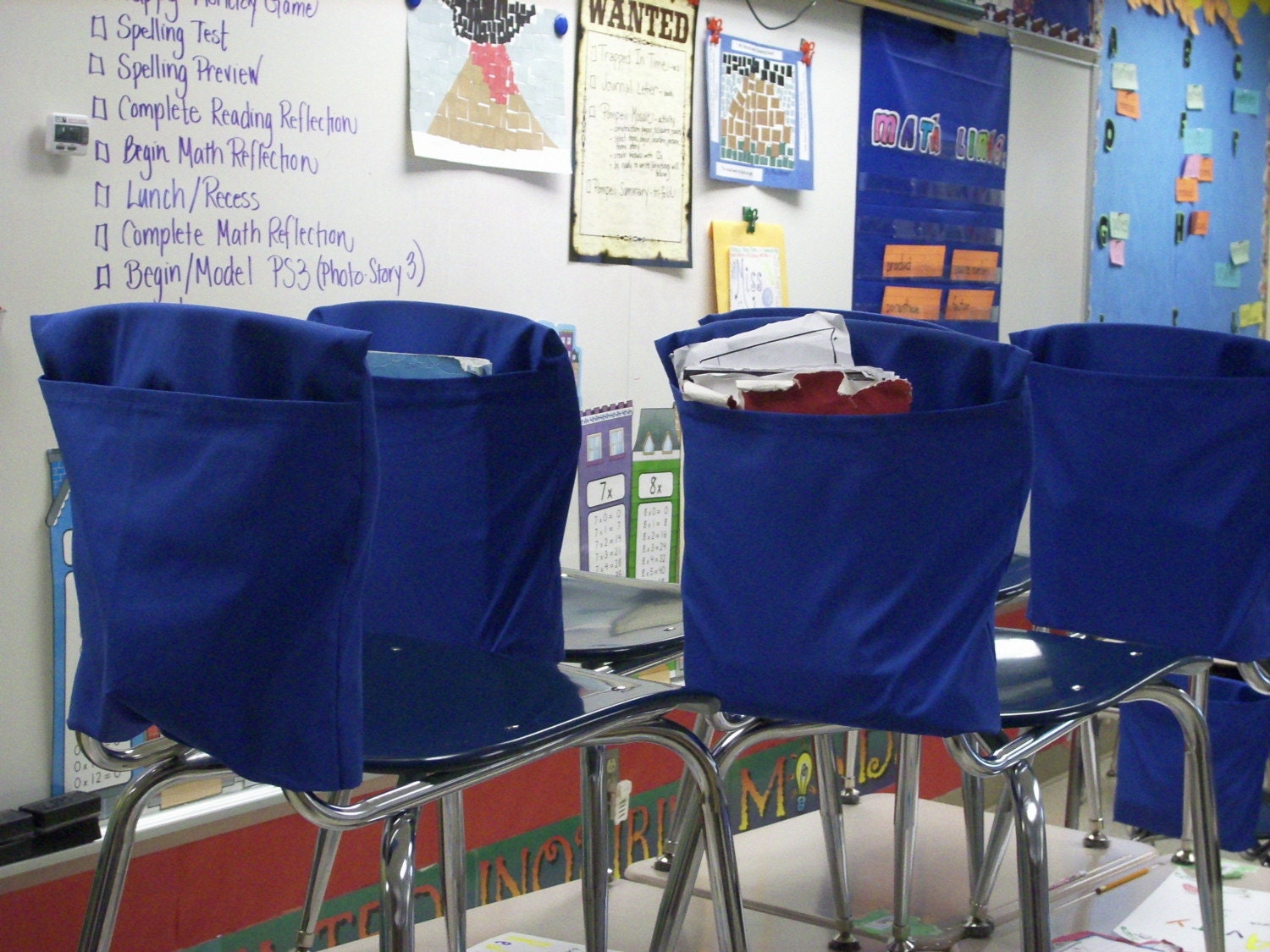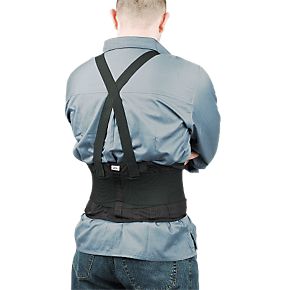Moving on from the 3D images I have made in my previous post, I created a mould out of high density foam which I then cast RTV Silicone into. I used this type of silicone as it has an amount of give that will work well when seated upon. I created a couple of different sizes of moulds in order to create different layouts on top of the base of a chair. I decided to name the moulds limpets as they have a certain aesthetic quality that resembles limpets you find on the beach.
My first attempt of the limpets was to create two shapes that would create a base for the bottom and from that come to a point between the legs at the front of the base. (I wanted it to be comfortable while the user is seated in the correct position but provide so sort of discomfort for the user while the user is slouched making them sit back up without realising it is the chair that is causing them to do so) the outcome of attempt 1 was that the limpets were felt in all positions, I felt that there were possibly to many limpets being used.

I used fewer limpets still with the notion of creating two areas for the bum cheeks, but using fewer limpets up the base. I have highlighted the limpets that had most significance. These two limpets made contact with the tale bone while slouched and thus caused the user to sit back up straight. For the limpets around the bottom they did not make any difference.
In this attempt I reduced the number of limpets again keeping then to the centre of the base, while seated in an upright position they did not affect the user but as the user slouched forward they made contact with the tale bone which stopped the user slouching. I felt this attempt worked well, the only improvement which I feel could have been made was the height of the limpets could have been increased. After increasing the height I feel that it provided a greater deterrent to stop slouching.

This time a focused on targeting the users tale bone. As the tale bone is solid compared to any muscle and tissue it would provide a greater pressure point. The outcome was that they were felt while seated normally so to compensate for this I decided to reduce the height of the limpets.

After reducing the height of the limpets it made a slight improvement but still was affecting the user while seated normally, so by moving the limpets forward they did not affect the user while seated normally, and did have an effect on the user when they tried to slouch.
I then tried adding more limpets under the legs, this did not really have any effect in any position.

In my last attempt I used a different style of limpet which was more of a wedge shape. It works similarly to one of my previous attempts. Possibly by increasing the size of the wedges it may create more of a deterrent to the user.
The limpets provided a good research tool which allowed me to get an understanding of what positions the user slouch and by adding a simple shape to a certain position on the chair it can have a great affect on how they use the seat.


















































